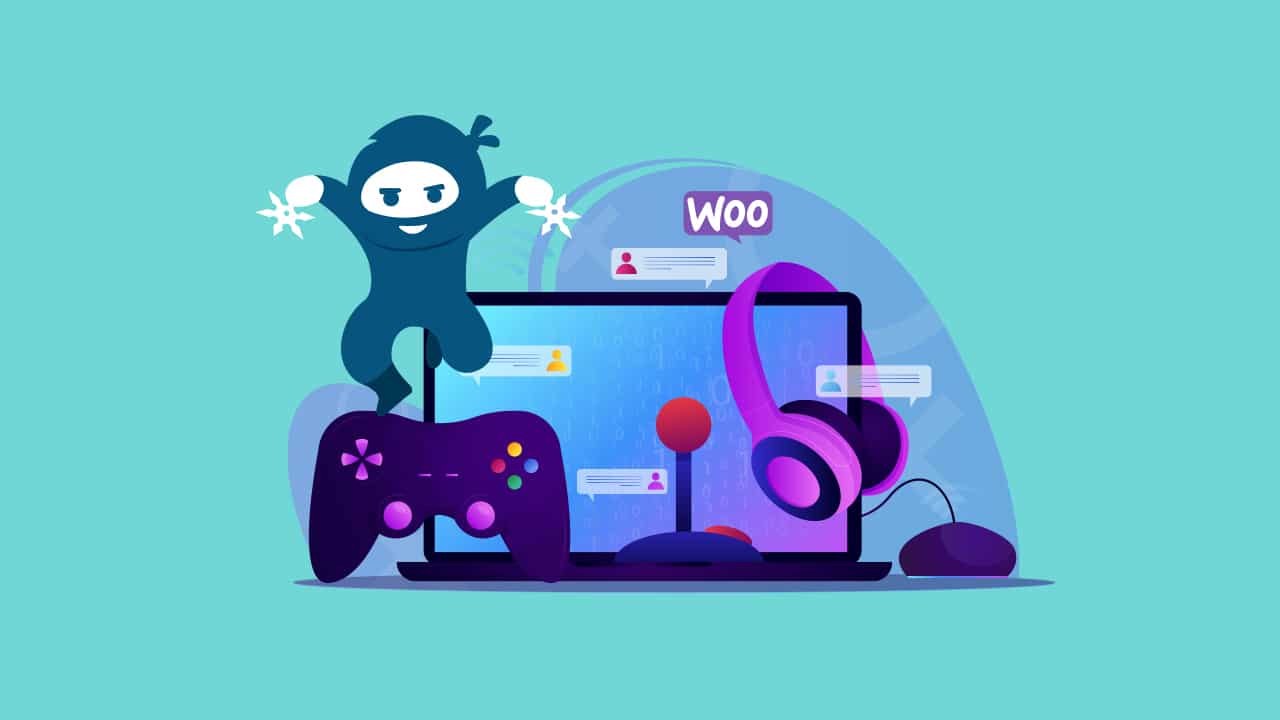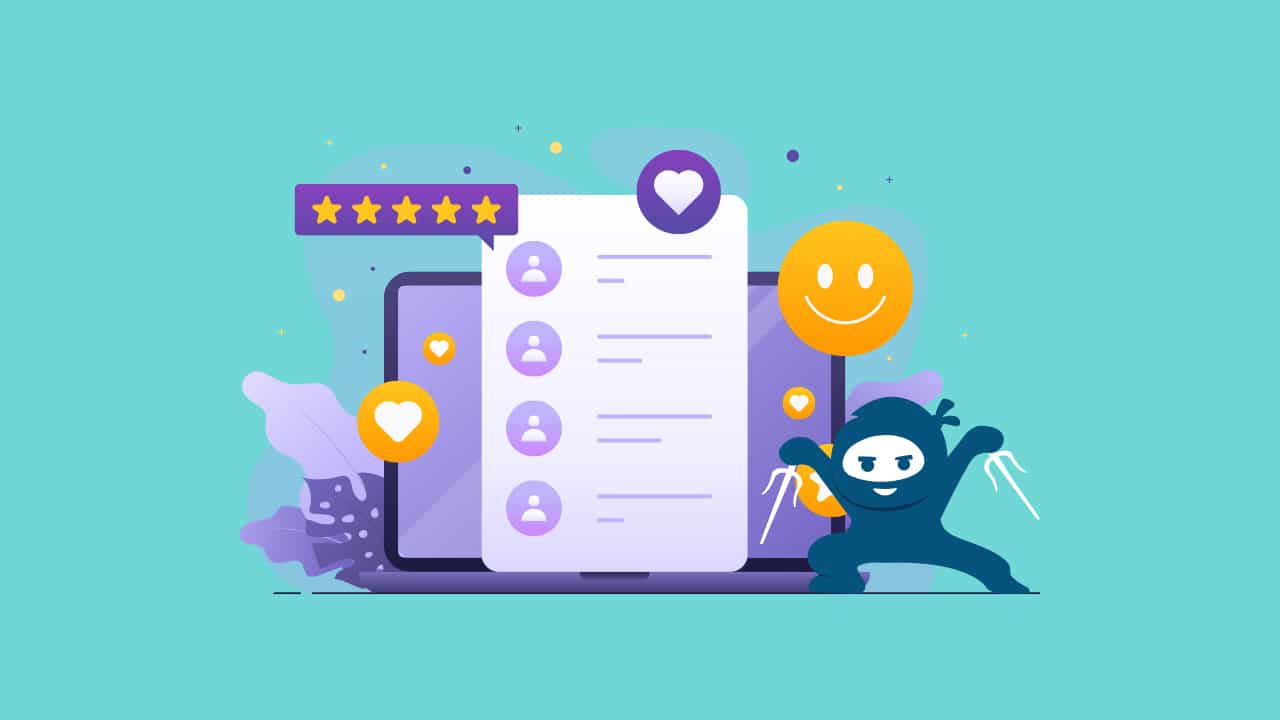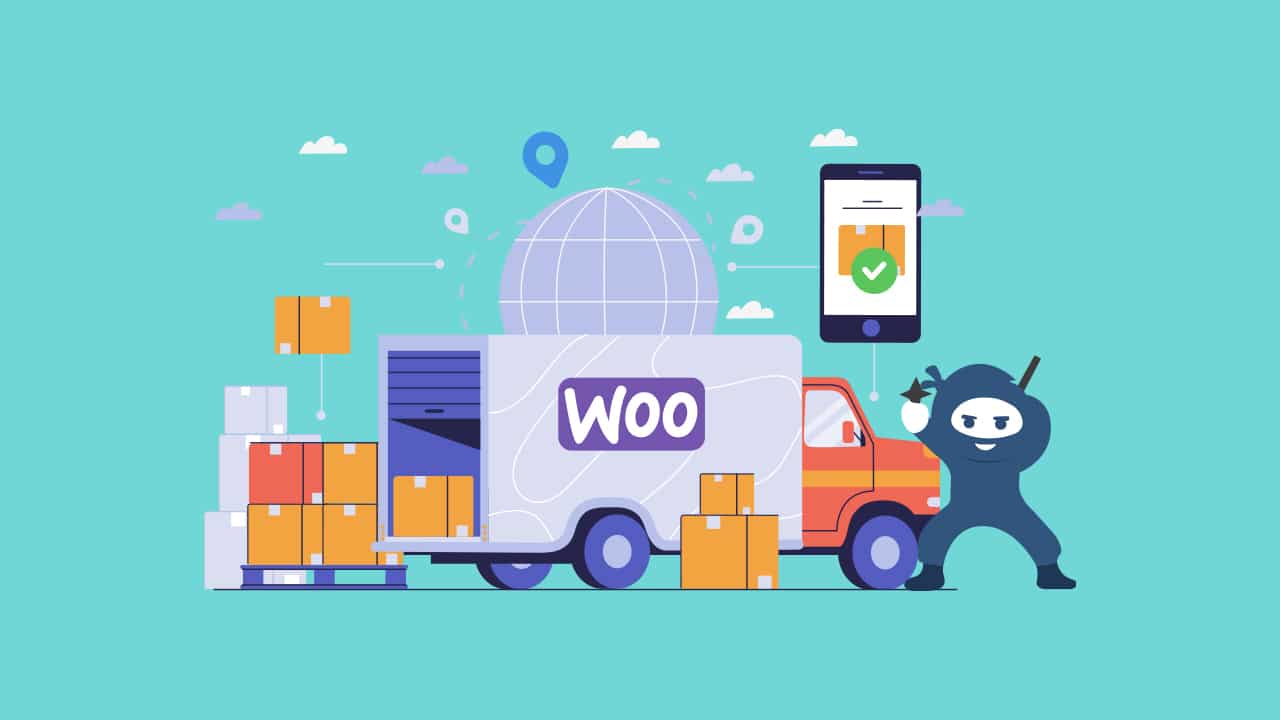Gamification is the use of game-like elements, such as points, badges, leaderboards, and challenges, in non-game settings to encourage action and engagement. In e-commerce, gamification tries to make the buying experience more rewarding for consumers, leading to increased sales, customer loyalty, and conversion rates.
Online shopping is more popular than ever, which means there’s a lot of competition for e-commerce enterprises, trying to distinguish themselves in a crowded industry. Gamification is becoming a very effective way to improve customer satisfaction, create a feeling of excitement and accomplishment, and build a following of devoted clients. These results are achieved by appealing to our natural human psychology, which includes our need for recognition, competitiveness, and achievement.
This article aims to explore gamification in the context of WooCommerce, one of the most popular e-commerce platforms for WordPress. It will explore the advantages, different use cases, and the WooCommerce extensions that are available for your online stores. Our ninjas will also explore best practices for successful implementation and the impacts of gamification on sales and customer engagement.
Understanding Gamification for WooCommerce
Gamification in the context of WooCommerce includes introducing points, badges, leaderboards, challenges, and awards into the store’s interface to incentivize and engage customers.
The most popular implementation of gamification in online stories is loyalty programs. However, gamification can also take the form of hosting competitions, sweepstakes, and giveaways to incite potential customers to take action.
Gamification strategies in WooCommerce stores offer several benefits, including:
Increased customer engagement
Gamification components can make the purchasing experience more interactive, immersive, and entertaining, resulting in greater customer engagement.
Enhanced customer loyalty
Gamification may strengthen the emotional bond between customers and the brand by providing rewards, recognition, and a sense of accomplishment, resulting in increased customer loyalty.
Increased sales and conversions
Gamified experiences can encourage customers to make purchases, participate in promotions, and interact with the shop more frequently, resulting in increased sales and conversion rates.
Customer data
Gamification mechanisms can provide insights into customer habits, preferences, and levels of engagement, allowing for data-driven decision-making and tailored marketing strategies.
WooCommerce store owners have several alternatives for integrating gamification elements to their stores. One of the simplest options involves relying on one of the many third-party gamification plugins and extensions available to WooCommerce users. Store owners can also choose custom development to create customized gamification mechanics and aspects targeted to their brand and business goals.
Gamification Extensions for WooCommerce
WooCommerce store owners can use a variety of plugins and extensions to seamlessly add game elements to their stores. Here are some popular options:
Gamipress
GamiPress is a WordPress plugin that offers a WooCommerce integration and allows store owners to award points and achievements, and even assign them “status” levels, to reward their purchasing habits. Awards can be earned by completing specific actions such as purchasing an item, spending a certain amount of money, leaving reviews, or engaging with website content.
WP Optin Wheel
WP Optin Wheel is a plugin that allows you to add an interactive spin-to-win wheel to your WooCommerce store. Through the spin-the-wheel game visitors submit their email addresses to win prizes or discounts to purchase in your online store. This way you can promote email list growth, giving you a better marketing reach and client interaction.
CrazyRocket Spin Wheel Pop-Ups
CrazyRocket Spin Wheel Pop-Ups, similar to WP Optin Wheel, provides a gamified method to lead generation and conversion improvement for WooCommerce stores. Merchants can use its customizable spin wheel interface to persuade visitors to participate in pop-up offers, discounts, or giveaways, enhancing consumer contact and encouraging desired activities.
KingSumo Giveaways For WordPress
KingSumo Giveaways is a popular WordPress plugin allowing interactive contests and prizes in WooCommerce stores. This tool allows you to easily set up your giveaway sweepstakes and define custom actions that entrants need to take in order to participate. For example, you can award bonus entries if someone shares the giveaway with additional contacts or follows your social media. Plus you will get access to detailed analytics on conversion rates and get to collect entrants’ contact info.
WP Loyalty
WP Loyalty is a WooCommerce gamification addon that enables store owners to create loyalty programs and reward systems. Customers can earn points for a variety of behaviors using this plugin, including making purchases, leaving reviews, and sharing things on social media. These points can then be redeemed for discounts, free products, or other benefits as determined by the store owner. WP Loyalty also provides leaderboards, accomplishment badges, and various membership levels to engage customers and incentivize desired behaviors.
Marketing Automation By AZEXO:
This plugin provides a user-friendly interface for establishing rules based on events, criteria, and actions. It provides a comprehensive, user-friendly marketing automation solution (landing pages, forms, emails, segmentation, customization, payments, discounts, and affiliate program), and the Platform is extremely fast and capable of handling high user traffic. This is a fully functional WordPress marketing automation plugin. The commercial edition of this plugin contains a slew of amazing features, including making every response rational based on the visitor’s behavior, tagging, and rating site visitors, establishing visitor loyalty programs, and awarding rewards, badges, and points to your users.
Gamifying your WooCommerce store can be a long-term process. However, with suitable WooCommerce gamification plugins, you can quickly create features and systems to keep sales pouring in and your customers engaged. Our WooCommerce developers can help you select the best plugins for your requirements and implement a gamification system in your online store.
Gamification strategies
Successful gamification implementation in WooCommerce stores often involves combining various strategies and elements to provide customers with an interesting and rewarding experience. Here are some of the most popular gamification strategies:
Loyalty programs and reward points: These are among the most popular gamification techniques. Customers can earn points for a variety of actions, including making purchases, submitting reviews, and introducing friends. These points can subsequently be redeemed for discounts, free items, or other incentives, which encourage repeat business and consumer loyalty.
Badges and achievements: Similar to video games, badges, and accomplishment systems can be used to identify and reward consumers for certain activities or milestones. Customers, for example, can receive badges for completing a specific number of orders, subscribing to a newsletter, or exceeding a spending threshold, instilling a sense of achievement and progress.
Leaderboards and competitions: This appeals to the fundamental human drive for recognition and social prestige. Customers can compete against one another or seek to reach the top of the leaderboard by completing tasks or achieving specified criteria, such as making the most purchases or sharing on social media.
Progress bars and leveling up: Progress bars and level systems give clients a visible picture of their progress and status in the gamified experience. Customers who accomplish tasks or meet particular goals can “level up” or move through several tiers, unlocking new rewards, privileges, or unique deals.
Quests and challenges: This brings a feeling of adventure and purpose to the purchasing experience. Customers can be given specific tasks or objectives, such as submitting a product review, sharing a product on social media, or making a purchase within a set timeline. Completing these tasks can earn clients incentives, and badges, and help them progress toward larger goals.
WooCommerce store owners can employ these gamification strategies to provide a more interesting, rewarding, and memorable purchasing experience for their customers, ultimately building loyalty, driving sales, and encouraging desired behaviors.
Impact of Gamification on Sales
Numerous studies and real-life examples have shown that gamification has a significant beneficial impact on e-commerce sales, customer engagement, and brand advocacy. According to data, the global gamification market is expected to increase from $9.1 billion in 2020 to $30.7 billion in 2025, with a compound annual growth rate (CAGR) of 27.4%. Gamification’s potential to increase employee engagement and performance is largely responsible for its rapid rise.
Increased customer engagement and retention:
Gallup study shows that engaged consumers have a 23% higher share of wallet, profitability, revenue, and relationship growth than the average customer. Gamification strategies, such as reward points and challenges, help to increase engagement by offering incentives for continuing connection with the platform.
Higher conversion rates and sales:
According to an Accenture study, 79% of consumers prefer to buy from brands that provide gamified experiences. WooCommerce store owners can create a sense of urgency and excitement by introducing gamification features like limited-time deals or interactive challenges, resulting in increased conversions and sales revenue.
Improved customer loyalty and brand advocacy:
Building brand loyalty is a constant challenge for businesses, but gamification has emerged as a potent technique for addressing it. Loyalty programs, badges, and milestones encourage customers to return to the store, creating long-term connections and transforming satisfied customers into brand champions who recommend the store to others.
Potential Challenges
While gamification can be an effective strategy for improving the customer experience and delivering business results, it is critical to examine the risks and limitations connected with its deployment.
Complexity and cost: Creating and maintaining gamification systems may be difficult and expensive, necessitating specialized knowledge, regular monitoring, and frequent modifications to keep the experience fresh and interesting.
Data privacy and security: Gamification frequently entails the collection and analysis of user data, raising privacy and security concerns. Businesses must comply with applicable legislation and establish strong data protection procedures.
User experience and usability: Poorly designed or overly complicated gamification aspects can distract from the overall user experience and usability of an online store, potentially leading to dissatisfaction and desertion.
Importance of finding the proper balance and matching gamification with business objectives
To overcome these possible downsides and obstacles, WooCommerce store owners must establish the appropriate balance between gamification and other areas of the consumer experience.
Gamification should be applied carefully, with a thorough grasp of the target audience’s preferences and motivations. Furthermore, gamification tactics should be carefully integrated with overall corporate goals and examined regularly to ensure that they are producing the required benefits while adhering to ethical and legal norms.
Best Practices for Gamification Success
To maximize the benefits of gamification while minimizing any potential drawbacks, WooCommerce store owners must follow best practices and take a deliberate approach to deployment.
Understanding your target audience’s preferences
Effective gamification strategies require a thorough grasp of the target audience’s motivations, interests, and behaviors. Store owners should perform extensive research to determine which types of gamification features resonate most with their customers. This may entail surveying existing consumers, reviewing user data, and remaining current on industry developments and consumer preferences.
Testing and optimizing gamification tactics
Rather than introducing gamification blindly, it is recommended to use an iterative strategy that includes testing and optimization. Store owners can begin with a restricted rollout, collect consumer feedback, and make data-driven changes to improve the gamification experience.
A/B testing is a useful technique for comparing the efficacy of various gamification mechanics and determining the most engaging strategies.
Balancing gamification, usability, and simplicity
While gamification strives to increase engagement, it should not compromise usability or simplicity. Store owners must strike a balance, ensuring that gamification aspects blend seamlessly with the entire user experience while not adding excessive friction or complexity. Clear instructions, intuitive design, and a focus on key functionality should continue to be top considerations.
Tracking and evaluating performance measures
To assess the success of gamification methods and make informed decisions, it is critical to monitor and evaluate key performance indicators. These may include engagement rates, conversion rates, client retention rates, and income earned by gamified activities. By measuring and evaluating these indicators regularly, store managers may find areas for development, modify their strategy, and guarantee that gamification efforts produce concrete business outcomes.
Furthermore, store owners must remain fluid and adaptable, as client preferences and industry trends are continuously changing. Gamification techniques may need to be reviewed and adjusted regularly to remain effective and relevant.
WooCommerce store owners can increase the possibility of gamification success by adhering to these best practices, which will encourage customers to have more fulfilling and engaging shopping experiences while promoting business growth and profitability.
Conclusion
Gamification has proven to be an effective strategy for improving customer experiences and driving business growth in the e-commerce sector. WooCommerce store owners can make their customers’ purchasing experiences more interesting, gratifying, and memorable by tapping into human psychology and including game-like aspects.
However, effective implementation necessitates a planned and considered strategy that takes into account the target audience’s specific demands and preferences.
For WooCommerce store owners thinking about gamification, we recommend starting with a thorough evaluation of your business goals, target demographic, and current customer experience. Determine which areas of gamification can bring value and align with your aims. Seek help from experts to create and implement effective gamification techniques that are tailored to your specific requirements.
At WooNinjas, we provide a wide range of services, including strategy creation, the creation of unique gamification elements, implementation, testing, and optimization. Our expertise guarantees that your gamification initiatives are effortlessly incorporated into your existing WooCommerce store, resulting in a unified and engaging consumer experience.
Contact us today and let us help you improve your customer experience and promote business growth using the power of gamification.



